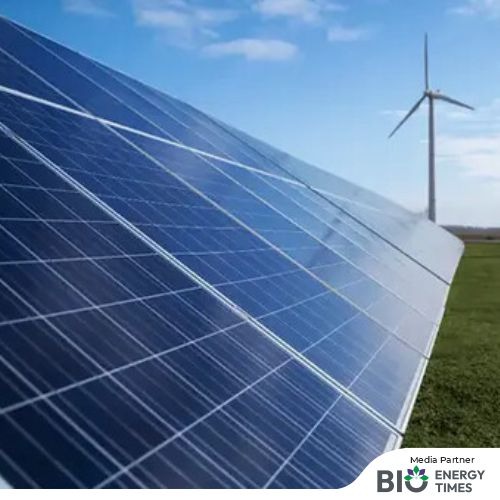The Tripura Renewable Energy Development Agency (TREDA) has announced plans to install solar panels on the rooftops of all government buildings across the state as part of a broader push to boost renewable energy production.
A recent survey identified approximately 2,000 government buildings suitable for solar panel installations. Officials estimate that rooftop solar infrastructure could generate up to 70 megawatts (MW) of electricity once fully implemented.
The initiative comes amid a drop in output from four of the state’s five gas-based power plants, attributed to a shortage in natural gas supply.
“With natural gas reserves depleting year by year, the state is shifting focus towards solar energy,” said TREDA Joint Director Debabrata Sukladas. “We’ve outlined a plan to maximise solar power generation using available government infrastructure.”
As part of the first phase, TREDA has set a target of producing 10.5 MW from solar sources. Sukladas added that the tendering process for the project is nearing completion.
Currently, Tripura generates around 26 MW from solar energy—a significant increase from just 3 MW recorded seven years ago.
The renewable energy expansion is also expected to create employment opportunities, particularly for the youth. “We will collaborate with the skill development department to train technicians and supervisors in solar power installation and maintenance,” Sukladas said, noting the importance of a skilled workforce for the transition.
Tripura relies heavily on gas-based power plants, but limited gas supply has significantly impacted their output. For instance, the Palatana power plant, operated by OTPC, is currently generating around 520 MW of its 726-MW capacity. Similarly, the NEEPCO-run Manarchak plant is producing only 60 MW out of its 100-MW capacity, and the RC Nagar facility is operating at 80 MW against an installed capacity of 135 MW.
With daily electricity demand hovering around 370 MW and expected to nearly double to 700 MW by 2030 due to urban growth, officials say the switch to renewable energy is both necessary and urgent.














